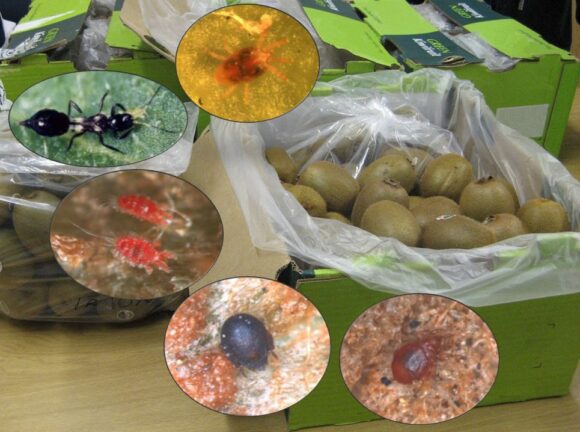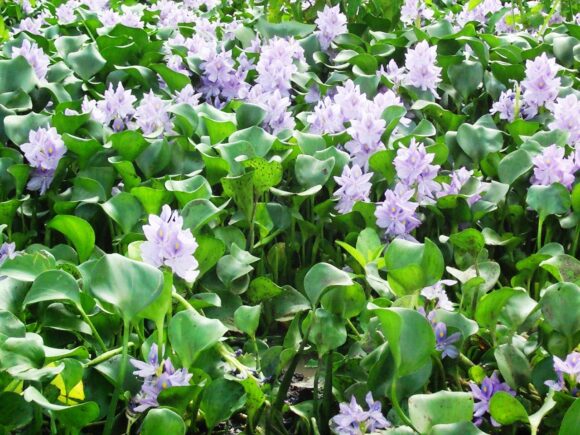7 March 2022 | By Davina Saccaggi
South Africa imports millions of tons of agricultural products annually, each of which has the possibility to carry an unwanted pest into the country. Such imports are subject to import inspections, but the sheer number of imports makes it impossible to inspect each incoming consignment. Is there a way to predict which commodities are most likely to carry a pest, and focus inspection efforts on these?
Dr Davina Saccaggi (former C·I·B PhD student, now Citrus Research International), C·I·B Researchers Prof John Terblanche and Prof John Wilson and biosecurity expert Prof Andrew Robinson (Centre of Excellence for Biosecurity Risk Analysis, University of Melbourne, Australia) used a recently published dataset of South African interceptions to tackle this question.
In their paper, published in Ecological Applications, the authors analysed over 13,000 imports spanning 14 years from a fairly disorderly dataset. To handle such a large amount of non-ideal data, a unique machine-learning technique was used in which a computer algorithm “learns” from patterns in the dataset to detect which factors are important in shaping the outcome. They identified 32 possible sources of variation that may predict interceptions (termed “predictor variables”), such as the country from which the consignment came, the time of year, or the form of the import (e.g. fruit or grains). These predictor variables were grouped in 74 possible ways and presented to the algorithm to model possible outcomes, which were then evaluated against real data.
Interestingly, despite the sheer amount of data and complexity of the dataset, the answer to consistently predicting pest interceptions was simple: it all relies on traded product volumes. If you look at more, you find more. This held true regardless of whether it is more from a particular country, more of a particular crop, or more in the sample itself. Knowing this, a model can be built to better “choose” which incoming consignments should be targeted for inspection.
Another aspect highlighted in this study was that such data are not just facts and numbers – they represent actual events and the individuals involved in them. Changes in the dataset could be traced to changes in implementation of protocols or biosecurity interventions.
“Understanding the historical context leads to increased ability to be able to explain small shifts in the data, which in turn give opportunities for targeted strategies to improve pest detection,” says Prof John Terblanche. “Rather than obscuring the result, these nuances give extra insight to how to control particular pathways more effectively.”
“Using both trade volumes and contextual details in models resulted in improved detection of pests on imports, especially at low screening rates,” explains Dr Davina Saccaggi. “For example, if an inspector can only inspect 20% of all incoming consignments, targeting likely-infested consignments using the algorithm resulted in a 43% increase in actual detection of pests than if the inspector had chosen the 20% randomly. This improved detection rate will lead to refinements in biosecurity inspection and prevention strategies, further protecting South Africa against introduced pests.”
Read the paper in Ecological Applications
Saccaggi DL, Wilson JRU, Robinson AP, Terblanche JS. 2022. Arthropods on imported plant products: Volumes predict general trends while contextual details enhance predictive power. Ecological Applications. https://doi.org/10.1002/eap.2554
For more information, contact Davina Saccaggi at DavinaS@cri.co.za




